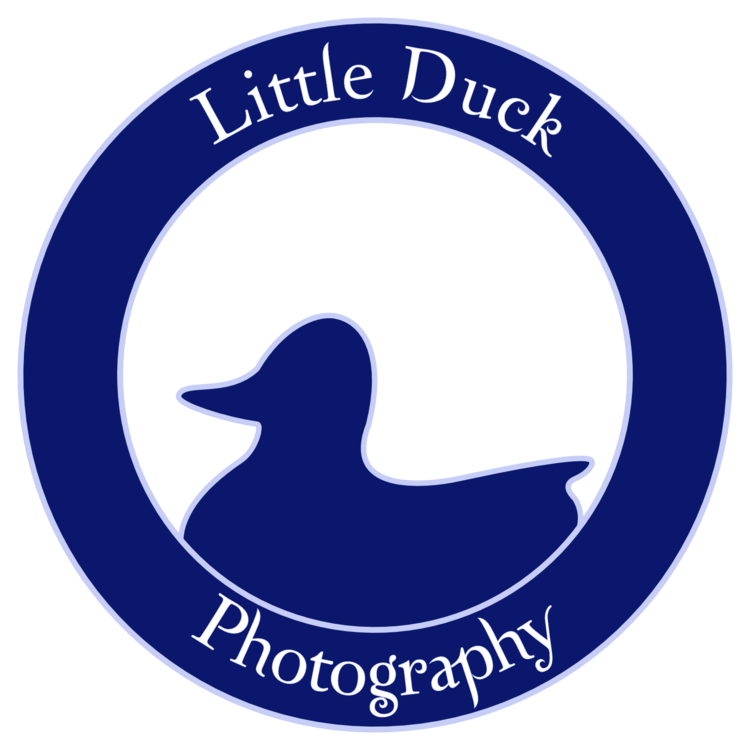Contemporary Photography
Film vs Digital
Two digital photos were used to create this image. Lots of editing was applied, but I still wanted it to feel natural.
This image was taken with a sixty year old Pentax Spotmatic with Kodak Tri-X 400 Film. I used my computer to bump up the contrast and brighten the image.
In contemporary photography any format you want to use to take photos is acceptable. You could use a 19th century metal or glass plates, celluloid film, instant film, or digital. Many photographers will scan their film negatives onto their computers to do their editing rather than the darkroom, so you can use any method you choose or use a combination of different methods. Color and black and white photography is also accepted with some photographers preferring color and others preferring black and white, but most tend to create a combination. In Straight Photography, the movement that dominated the 20th century, editing your photos was generally frowned upon (with some exceptions), but in contemporary photography editing an image is seen as the final step in the photographic process. However, there are certain expectations when using certain methods. When using film imperfections in the process of creating the photo are usually celebrated while when using a digital camera you’re expected to achieve technical perfection.
In the photos above notice the color photo has been edited to make it look like the photo was taken in autumn. The focus is on the subjects eyes with a beautiful blurred background resulting in a nice crisp clear image. The second photo which was taken with film still has the focus on the subjects eyes with a nice, somewhat swirly background and has quite a bit of film grain. Also, a camera malfunction caused a partial double exposure on the bottom of the image, which I think adds to the overall effect of the photograph.
Bokeh
Notice how the subjects eyes make the image. The rest of her body from the nose down is out of focus, and was the look I was trying to achieve.
Taken during a father daughter dance using eye tracking autofocus on a Canon mirrorless camera allowed me to capture this image with sharp focus on the father’s eyes even though he’s moving.
I personally believe that the contemporary artistic style in photography that we see today began in 1997 when the May/June issue of Photo Techniques introduced the Japanese word “bokeh” into the English language meaning the quality of the out of focus portion of an image. It can also refer to out of focus points of light in an image. Until this word was introduced in English most photographers (with a few exceptions) didn’t really pay that much attention to how much of their images were in focus so long as their subject was in focus. Now photographers are trying to make their lenses produce even shallower depths of field than ever before. However, unlike in Pictorialism of the late 19th and early 20th century photographers still want the subject of their images in focus. In contemporary photography if a subject’s eyes are out of focus, then the entire image is out of focus. The rest of a person’s face doesn’t matter nearly as much as the eyes. This has led to modern mirrorless camera manufacturers to race to produce the best autofocus system that can track a person or animals eyes especially when the subject is in motion.
The search for better bokeh has also led to some photographers to go looking for lenses with unique and interesting bokeh such as the swirly bokeh caused by an vintage Russian Soviet Era lens in the photo shown below.
